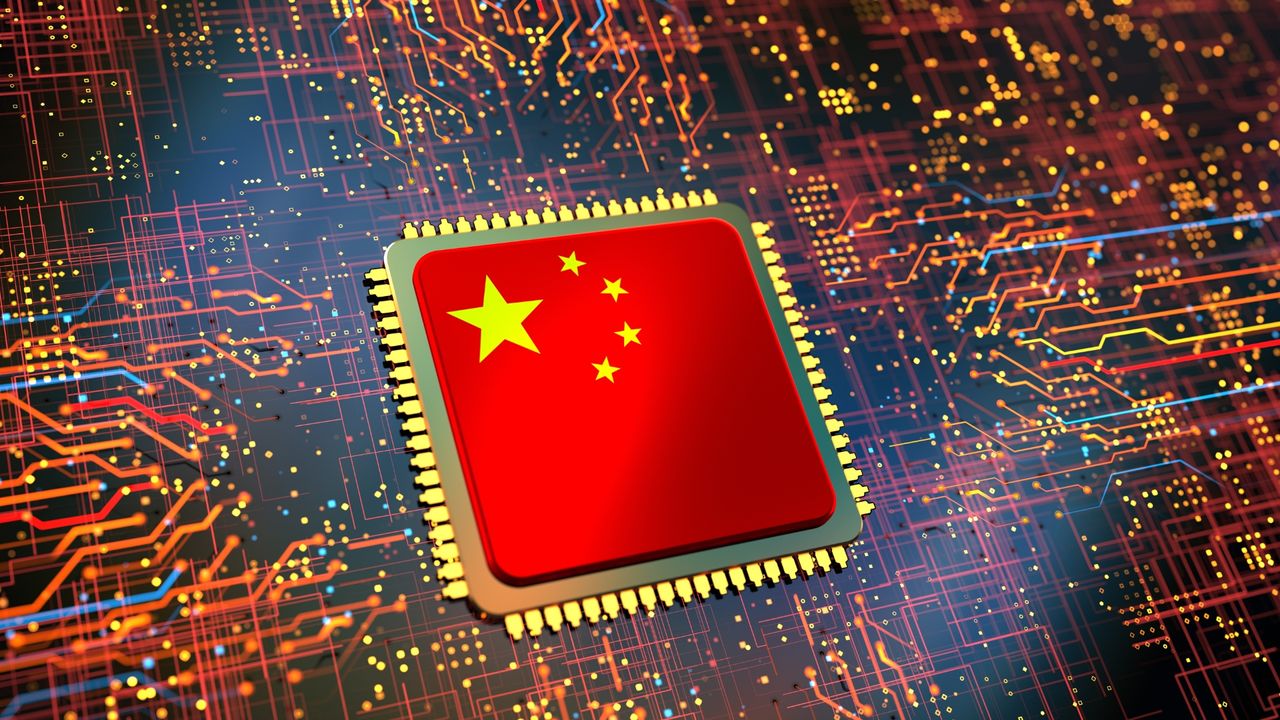
The Chinese Communist Party is currently building its 15th five-year plan, which it intends to implement from 2026 to 2030, and state broadcaster CCTV has announced that it’s aiming to increase the country’s self-reliance and strength in science and technology. The proposal is focusing on “high-quality development” and the development of “new-quality productive forces” through technology, specifically for semiconductors and artificial intelligence, according to Bloomberg. This announcement is seen as Beijing’s response to external threats brought on by export controls and the risks brought on by an aging population.
China’s export-oriented economy has helped it rise in the 2000s and 2010s, but it has also shown Beijing how vulnerable it can be to geopolitical changes and the whims of export markets. Despite the ongoing trade war with the U.S., the contribution of exports to the country’s GDP has hit its highest in 2024, while household spending has stubbornly stayed below 40% through recent years. But as the U.S.–China trade war moves forward, with several of the former’s allies getting looped into the economic conflict, the CCP is keen on keeping manufacturing at a reasonable level of the economy while also “speeding up the building into a power of manufacturing, quality, aviation, transportation, and internet.”
This announcement means that the tech sector can expect continued support from Beijing and that the CCP is also taking steps so that tech companies will see greater local demand. Household spending in China has been slowly rising in the past decade, but the 2020 Global Pandemic derailed this growth. Because of this, the new five-year plan is expected to “increase efforts to guarantee and improve people’s livelihood” and “improve the social security system”, as well as “promote the high-quality development of the real-estate sector”. These moves would improve financial security for the Chinese public, making them more confident to spend on tech goods and services produced by Chinese companies.
Although these announcements show the direction that Beijing will take through the end of the decade, we will have to wait until the annual legislative meeting next year to see the spending commitments that the country will make so that these policies will take effect. “What really matters is how forceful policymakers will execute these goals,” Greater China economist Michelle Lam tells Bloomberg.

Follow Tom's Hardware on Google News, or add us as a preferred source, to get our latest news, analysis, & reviews in your feeds.







